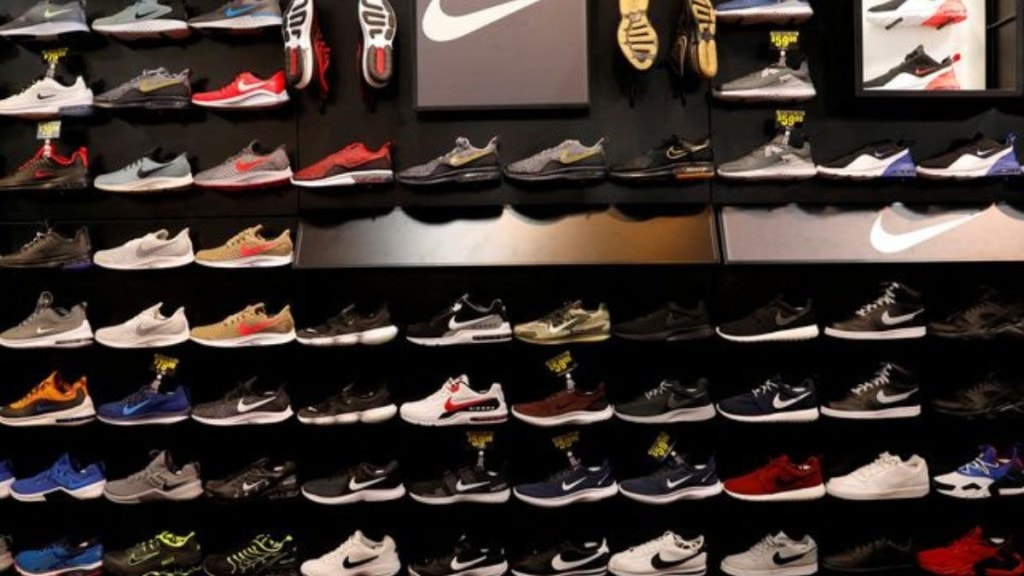Nike, the world’s leading sportswear brand, has built its dominance through innovation, cultural influence, and a vast global supply chain. With a presence in over 170 countries and $51.36 billion in revenue in 2024, as per Statista, the company has long relied on overseas manufacturing to keep costs down. However, Nike customers in the United States may soon have to shell out more for their favorite sneakers as the brand faces hefty tariffs on imports from Vietnam. Under President Donald Trump’s administration, the U.S. government has imposed a 46% tariff on Vietnamese goods, significantly impacting Nike, which manufactures nearly half of its footwear in the country.
According to The New York Post, sneaker prices could see a noticeable spike. The popular Air Jordan 1 High, currently priced at $180, may rise to $198 once the new tariffs take effect on April 9. Other Nike models could experience increases of between $15 and $35, per Footwear News.
A report by Reuters suggests that consumers should expect a 10-12% price increase on Vietnam-manufactured goods. The tariff shock has already rattled financial markets, with shares of major footwear brands plummeting. Nike stocks dropped 10%—reaching their lowest since 2017—while Adidas and Puma fell 11% and 10%, respectively. Other industry players like Lululemon, Skechers, Under Armour, and Deckers suffered losses ranging between 11% and 17%.
The sweeping tariff increases extend beyond Vietnam. Cambodia was hit with a 49% tariff, Bangladesh with 37%, and Indonesia with 32%. Tariffs on Chinese imports, which were previously at 20%, were raised by another 34 percentage points. These policy moves have left companies scrambling to adjust, with UBS analysts warning that alternative sourcing strategies may no longer be viable.
Nike, which had shifted much of its manufacturing away from China to reduce reliance on Chinese factories, now finds itself in a difficult position. “Companies that worked hard over the years to reduce reliance on China by leaning into countries like Vietnam just learned there really isn’t a place to hide,” said Simeon Siegel, an analyst at BMO Capital Markets, as reported by Reuters.
Industry experts believe that Nike is likely to renegotiate contracts with suppliers in an effort to offset increased costs. However, some insiders fear that brands could be forced to pass those costs on to consumers. Benzinga reported that economist Peter Schiff dismissed the possibility of Nike shifting production to the U.S. due to high labor costs. “Nike won’t build factories in the U.S. to make sneakers. That would add more cost than the 40% tariffs,” Schiff posted on X, formerly known as Twitter. He further speculated that Nike might pivot toward international markets, selling more products to non-U.S. consumers who can afford them at lower prices.
Goldman Sachs identified Nike among several retailers most exposed to the tariff increases. As Wall Street grapples with the broader implications of these policies, consumer brands brace for higher costs and potential revenue losses.
With the new tariffs set to take effect in just a few days, shoppers may want to grab their favourite sneakers before prices climb. The question now is whether Nike and other major brands will absorb some of the costs or pass them directly to consumers—a decision that could shape the retail landscape in the months to come.

